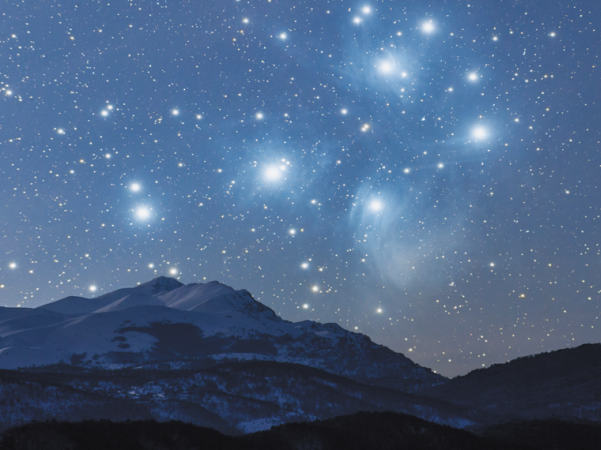The Matariki public holiday – the first public holiday to recognise Te Ao Māori in New Zealand – will be on Friday 24 June 2022.
The Government has committed to ensuring mātauranga Maori is at the heart of celebrations of the Matariki public holiday. The rising of the star cluster known as Matariki signals the Māori New Year and it will be a time for:
- Remembrance – honouring those we have lost since the last rising of Matariki
- Celebrating the present – gathering together to give thanks for what we have
- Looking to the future – looking forward to the promise of a new year.
Rules for working on Matariki
Matariki is a standard national public holiday, and the normal public holiday rules will apply.
An employee has to work on a public holiday only if it is written into their employment contract, and it is a day they would normally work. If this is not the case, the employer may ask an employee to work on the public holiday, but they do not need to agree, and there should not be any consequences because of this. It is important for employers to respect an employee’s decision.
The Matariki holiday will not always fall on the same date each year, just like Easter holidays. It will, however, always fall on a Friday.
Employees who work over the Matariki public holiday must:
- be paid at least time and a half
- if the Friday is a normal working day for them, be given a paid day off (also called a day in lieu, or an ‘alternative holiday’) at a date agreed by both parties.
Employees who are eligible for a day in lieu must be given a full day off no matter how many hours they worked on the public holiday.
They are not entitled to a day in lieu if:
- they only work on public holidays
- they were on call but didn’t have to work, and being on call did not stop them doing what they wanted to do with their day (for example, a doctor on call is not able to drink).
For more information on public holidays, and your rights and responsibilities, see:
Did you know?
Matariki is an abbreviation of ‘Ngā Mata o te Ariki Tāwhirimātea’ (‘The Eyes of the God Tāwhirimātea’) and refers to a large cluster of stars, also known as the Pleiades.
The predawn rising of Matariki in the mid-winter sky marks the changing of the seasons and the beginning of the Māori New Year. Some iwi recognise this time of year by the appearance of Puanga, also known as Rigel. There are also regions where the setting of Rehua, also known as Antares, is used to identify the change of seasons.



